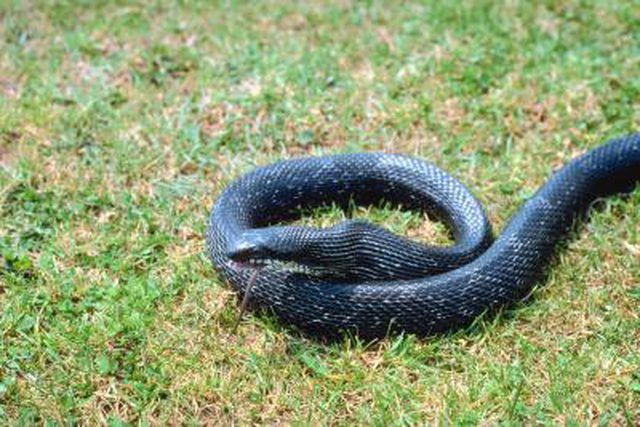Bulbs
Flower Basics
Flower Beds & Specialty Gardens
Flower Garden
Garden Furniture
Garden Gnomes
Garden Seeds
Garden Sheds
Garden Statues
Garden Tools & Supplies
Gardening Basics
Green & Organic
Groundcovers & Vines
Growing Annuals
Growing Basil
Growing Beans
Growing Berries
Growing Blueberries
Growing Cactus
Growing Corn
Growing Cotton
Growing Edibles
Growing Flowers
Growing Garlic
Growing Grapes
Growing Grass
Growing Herbs
Growing Jasmine
Growing Mint
Growing Mushrooms
Orchids
Growing Peanuts
Growing Perennials
Growing Plants
Growing Rosemary
Growing Roses
Growing Strawberries
Growing Sunflowers
Growing Thyme
Growing Tomatoes
Growing Tulips
Growing Vegetables
Herb Basics
Herb Garden
Indoor Growing
Landscaping Basics
Landscaping Patios
Landscaping Plants
Landscaping Shrubs
Landscaping Trees
Landscaping Walks & Pathways
Lawn Basics
Lawn Maintenance
Lawn Mowers
Lawn Ornaments
Lawn Planting
Lawn Tools
Outdoor Growing
Overall Landscape Planning
Pests, Weeds & Problems
Plant Basics
Rock Garden
Rose Garden
Shrubs
Soil
Specialty Gardens
Trees
Vegetable Garden
Yard Maintenance
How to Get Rid of Black Rat Snakes
How to Get Rid of Black Rat Snakes. Black rat snakes are found throughout the United States. They range in size between 42 to 72 inches. The black rat snake is easily identified because it is solid black in color, other than a white patch on its chin. Usually the rat snake is very passive, freezing in place when it encounters humans. They will...

Black rat snakes are found throughout the United States. They range in size between 42 to 72 inches. The black rat snake is easily identified because it is solid black in color, other than a white patch on its chin. Usually the rat snake is very passive, freezing in place when it encounters humans. They will strike, however, if they are provoked. Although black rat snakes are non-venomous, if they are in or around your home you will want to remove them to prevent possible bites.
Things You'll Need
Small plastic children’s rake
5-gallon bucket
Lid
Screwdriver
Hammer
Snake trap
Method One: Rake
Catch the body of the black rat snake using the prongs of a small plastic children’s rake. You want to catch the snake around the center of the body to keep gravity from pulling the snake off. You can use an adult rake. Because the handles are longer, however, it can make them harder to maneuver.
Transfer the snake you have caught to a five-gallon bucket or a small trash can. Place the lid on the bucket or can to keep the snake trapped. Punch three or four small holes in the lid to allow the snake to breathe using a screwdriver and hammer before placing the lid on.
Take your trapped snake a minimum of 10 miles from your home before releasing it into the wild. To release the snake, turn the bucket on its side and remove the lid. Allow the snake to leave the bucket on its own. Since you have taken the snake far from your property you will prevent it from returning.
Method Two: Traps
Choose a snake trap. Your local home-improvement or garden-supply stores will have a number of traps to choose from. The two most common traps are glue traps and cage traps. Glue traps use sticky surfaces that adhere to the snake when it passes over. Cage traps are, as the name implies, cages that capture the snake.
Set your trap in a location that is frequented by the snake. A spot along a wall is the best choice since snakes tend to stay close to walls. Follow the package directions for proper set-up.
Check your trap daily to see if a snake has been captured. Once the snake is trapped, place it in a five- gallon bucket or trash can with a lid. Ensure there are holes in the lid as you did in method one. Each trap will have different instructions on how to free the snake from it. Follow these directions.
Transport your snake away from your home as you did in method one and release it into the wild.
Tips & Warnings
Use care when handling snakes. Even though the black rat snake is not venomous, it can still bite you and cause pain. Wearing work gloves will help protect your hands.
Be sure to check for local laws that may pertain to the capture and release of black rat snakes.